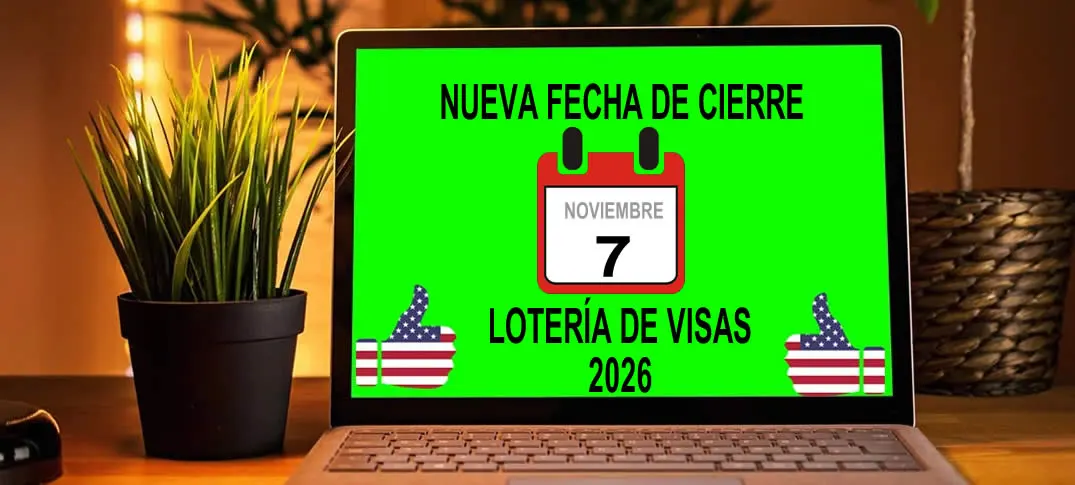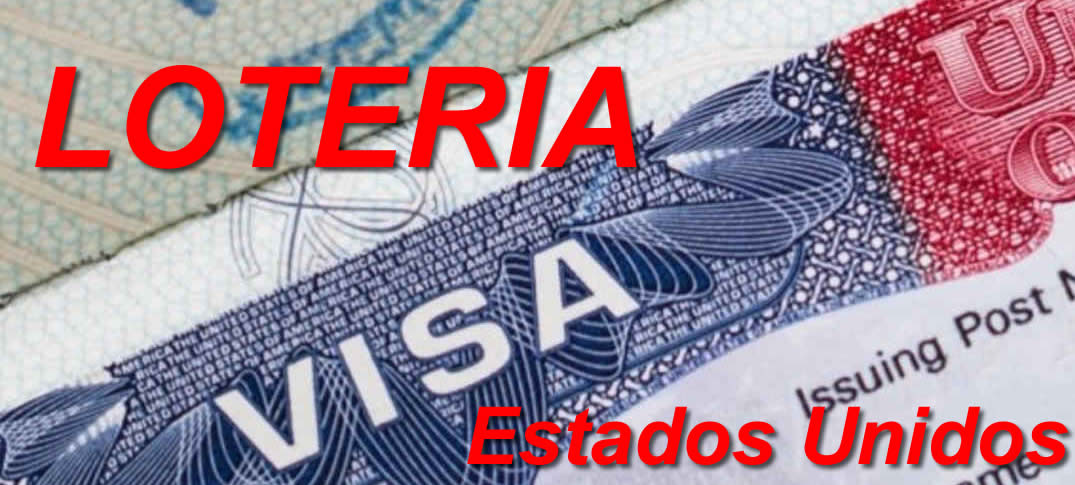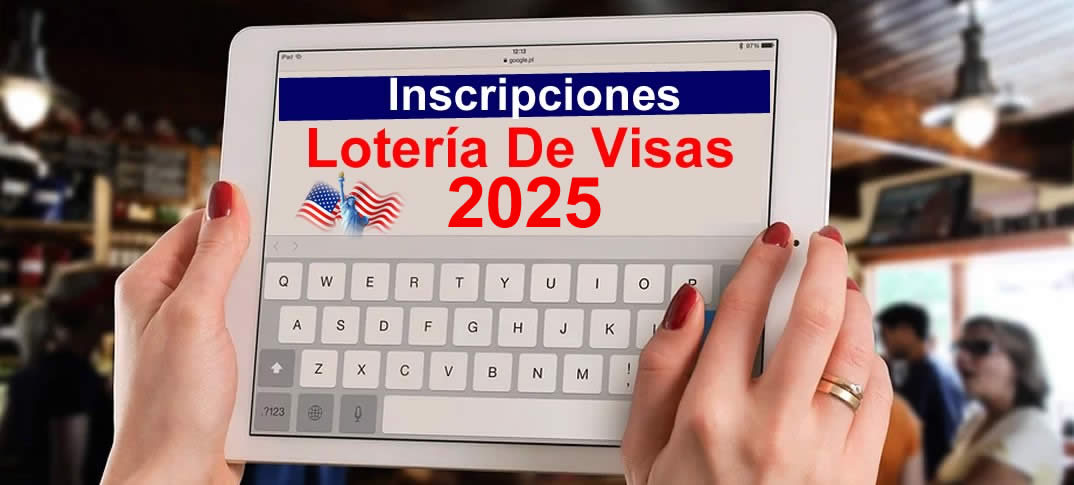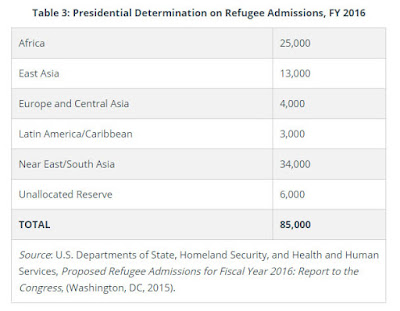El Departamento de Estado administra anualmente el Programa de Visas de Diversidad o lotería de visas para Inmigrantes, creado por ley en la Sección 203(c) de la Ley de Inmigración y Nacionalidad (INA) donde se prevé una clase de inmigrantes conocidos como “inmigrantes de diversidad” provenientes de países con tasas históricamente bajas de inmigración a los Estados Unidos.
Para el año fiscal 2026, estarán disponibles hasta 55,000 Visas de Diversidad (DV). Quienes deseen participar deben realizar la inscripción al programa DV-2026 de manera gratuita y de forma electrónica en dvprogram.state.gov entre las 12:00 p. m. (mediodía), hora de verano del este (EDT) (GMT-4), del miércoles 2 de octubre de 2024 y las 12:00 p. m. (mediodía), hora estándar del este (EST) (GMT-5), del martes 5 de noviembre de 2024.
Recuerde que no hay ningún costo para registrarse en el programa DV, pero los seleccionados que tengan programada una entrevista deberán pagar una tarifa de solicitud de visa antes de realizar su solicitud de visa formal, donde un funcionario consular determinará si califican para la visa.
Requisitos para inscribirse a la lotería de visas 2026
Las personas elegidas en la lotería de visas de diversidad (DV) pueden obtener la residencia permanente o "Green Card" al terminar el proceso, para poder acceder al programa debe cumplir con ciertos requisitos, entre ellos se incluyen:
- Ser ciudadano de un país con un bajo índice migratorio a Estados Unidos. Con excepción de Cuba, que no es elegible para el DV-2026, no hubo cambios en la elegibilidad con respecto al año fiscal anterior. Por lo tanto los nativos de los siguientes países y áreas no son elegibles para aplicar, porque más de 50,000 nativos de estos países emigraron a los Estados Unidos en los últimos cinco años: Bangladesh, Brasil, Canadá, República Popular China (incluida continental y nacidos en Hong Kong), Colombia, República Dominicana, El Salvador, Haití, Honduras, India, Jamaica, México, Nigeria, Pakistán, Filipinas, República de Corea (Corea del Sur), Venezuela y Vietnam. Los nativos de la RAE de Macao y Taiwán son elegibles.
Ahora si usted pertenece a uno de los anteriores países, puede participar si:
- Si su cónyuge nació en un país elegible, usted puede reclamar que se le asigne a ese país. Como su elegibilidad está basada en su cónyuge, a usted se le emitirá una visa sólo si su cónyuge es también elegible para una visa de inmigrante. Ambos deben entrar al mismo tiempo a los Estados Unidos con sus visas DV. De igual manera, su hijo menor, puede ser “asignado” al país de alguno de sus padres.
- De igual manera usted puede ser “asignado” al país de nacimiento de alguno de sus padres, siempre que ninguno de ellos haya nacido o haya estado residiendo en el país de nacimiento del solicitante al momento de su nacimiento. Las personas, generalmente, no se consideran residentes de un país en el que no nacieron o fueron legalmente naturalizados, si sólo estaban de visita, estudiando en el país de manera temporal o viviendo temporalmente por razones de negocios o profesionales por cuenta de una empresa o el gobierno de un país distinto de aquel en el que usted nació.
- También las personas que están en Estados Unidos con estatus de no inmigrante también pueden participar, siempre y cuando su país de nacimiento sea elegible.
- Educación y/o experiencia laboral: El Programa de Visas de Inmigrante (DV) de Diversidad requiere que el solicitante principal de DV tenga una educación secundaria, o su equivalente, o dos años de experiencia laboral calificada según lo definido en las disposiciones de la ley de los EE. UU.








